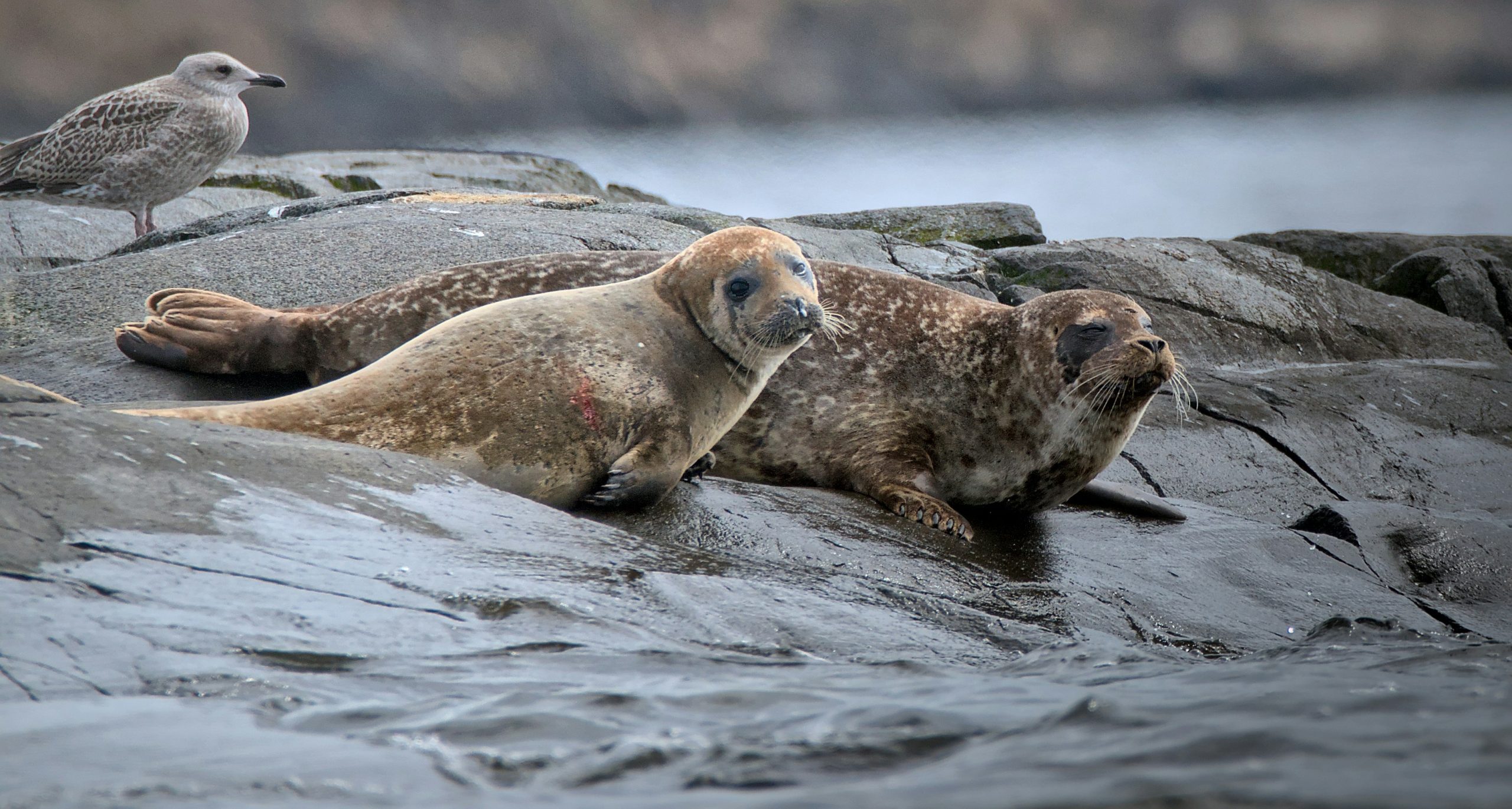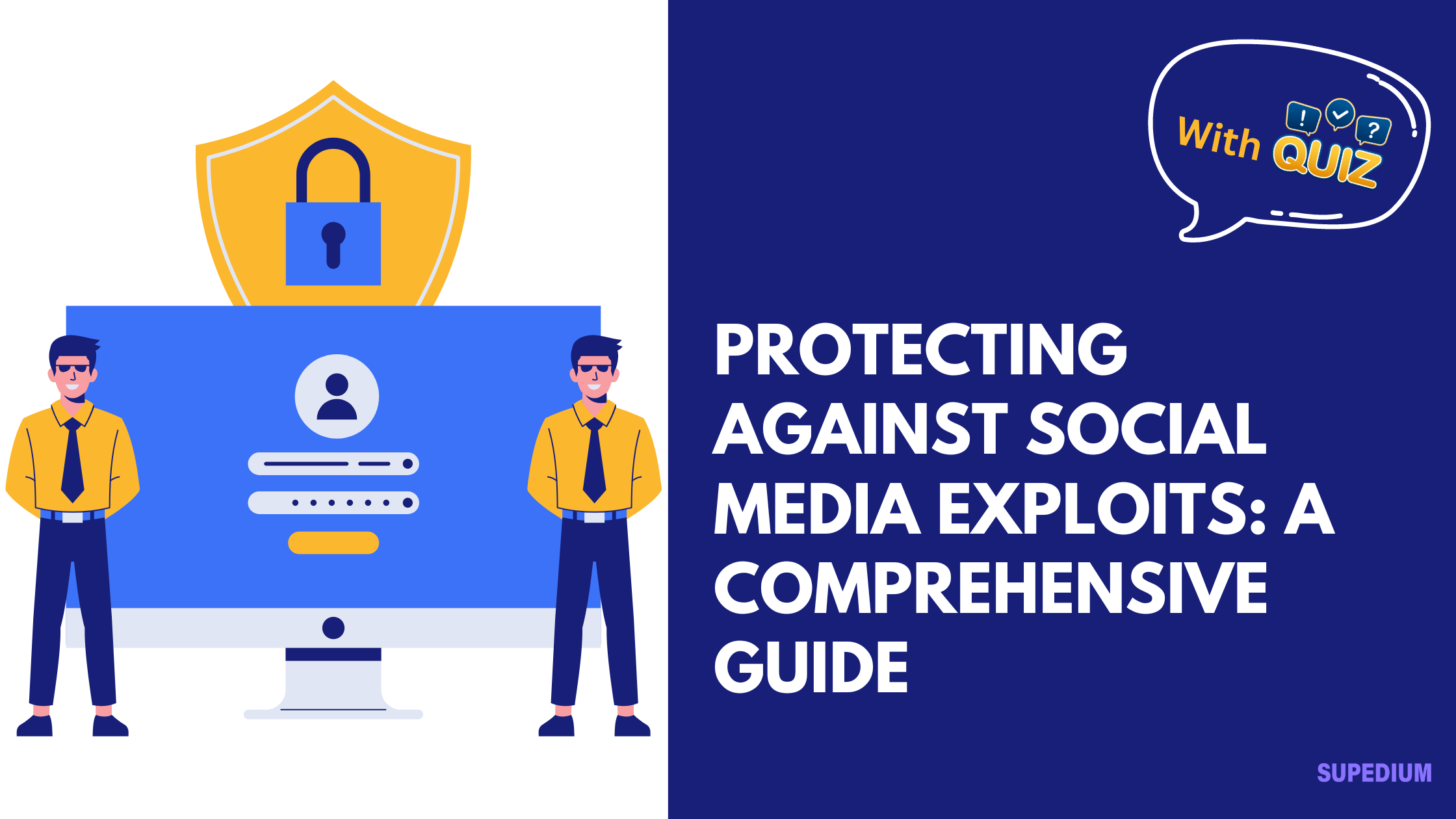Table of Contents
![]()
Understanding the most dangerous animals in the world requires a closer look at their characteristics and the potential risks they pose to humans. While the term “dangerous” can encompass a range of threats—from venomous bites to aggressive attacks—this article provides an overview of various types of dangerous animals, including venomous creatures, predators, territorial animals, and parasites.
Venomous Animals
Box Jellyfish
The Box Jellyfish, found primarily in the waters around Northern Australia and Southeast Asia, is one of the most venomous marine animals. Its transparent, bell-shaped body and long, trailing tentacles make it difficult to see. The venom of the Box Jellyfish contains toxins that affect the heart and nervous system, causing intense pain, paralysis, and, in severe cases, death. Fatalities from Box Jellyfish stings are not uncommon, underscoring the importance of vigilance when swimming in their habitats.
Inland Taipan (Fierce Snake)
The Inland Taipan, also known as the Fierce Snake, inhabits the arid regions of Australia. This snake boasts the most toxic venom of any land snake. Its venom is a complex mix of neurotoxins, hemotoxins, and procoagulants that can cause rapid bleeding, paralysis, and death if untreated. Fortunately, the Inland Taipan is reclusive and rarely encounters humans, which reduces the likelihood of bites. Despite this, its venom’s potency makes it a noteworthy species in discussions of dangerous animals.
Cone Snail
Cone Snails are marine mollusks with a beautifully patterned shell and a highly specialized venom apparatus. Found in tropical and subtropical waters, these snails use a harpoon-like tooth to inject venom that can paralyze their prey. For humans, the venom of some species, such as the geographic cone snail, can be fatal. The venom affects the nervous system, leading to respiratory failure and death if medical intervention is not prompt.
Stonefish
The Stonefish, native to the coastal regions of the Indo-Pacific, is notorious for its venomous spines. It has the ability to remain camouflaged among rocks and coral, making it easy to step on. A sting from a Stonefish can cause excruciating pain, swelling, and systemic effects such as cardiovascular shock. Immediate treatment involves immersing the affected area in hot water to neutralize the venom and reduce pain.
Predatory Animals
Great White Shark
Great White Sharks are apex predators in the ocean, known for their impressive size and strength. They are found in coastal surface waters in various parts of the world. While Great White Sharks are responsible for most shark attacks on humans, they typically do not target humans as prey. Their attacks are often exploratory bites, and fatalities are relatively rare compared to the number of shark encounters. Nevertheless, their size and power make them a significant concern for swimmers and divers.
Nile Crocodile
The Nile Crocodile, found in rivers and lakes across Africa, is one of the largest and most aggressive crocodilian species. It can grow up to 16 feet long and has a powerful bite capable of crushing bones. Nile Crocodiles are known to attack humans who venture too close to their territory, making them one of the most dangerous animals in Africa. They are responsible for numerous fatalities each year.
Saltwater Crocodile
Saltwater Crocodiles are the largest living reptiles and are found in saltwater habitats across Southeast Asia and northern Australia. Their size, strength, and territorial nature make them particularly dangerous. They have been known to attack humans and can kill large prey with a single bite. Conservation efforts aim to manage human-wildlife conflicts and protect both the crocodiles and local communities.
Bengal Tiger
The Bengal Tiger, native to the Indian subcontinent, is a powerful predator known for its strength and agility. Tigers are solitary hunters that can bring down large prey, including deer and wild boar. Although tiger attacks on humans are relatively rare, they do occur, particularly in areas where tigers and humans come into close contact due to habitat encroachment. Conservation efforts focus on protecting tiger habitats and reducing human-wildlife conflict.
Aggressive and Territorial Animals
African Elephant
African Elephants are the largest land animals and can be found in a range of habitats across Africa. While they are generally peaceful, they can become aggressive if threatened or during mating season. Instances of elephant attacks on humans are often related to habitat encroachment and human-elephant conflict. Their sheer size and strength make them formidable when they feel provoked.
Hippopotamus
Despite their seemingly docile appearance, Hippopotamuses are highly aggressive and territorial. They inhabit rivers and lakes in Africa and are known for their unpredictable behavior. Hippos can run surprisingly fast on land and are responsible for more human deaths in Africa than other large animals. Their aggression is largely driven by their need to protect their territory and young.
Cape Buffalo
Cape Buffalos, native to Africa, are notorious for their unpredictable nature and high aggression levels. They are known to be highly territorial and can be very dangerous if threatened. Cape Buffalos have powerful horns and are capable of attacking with little provocation, making them a significant threat to humans and other animals in their habitat.
Komodo Dragon
The Komodo Dragon, the largest living lizard, is found on the Indonesian islands of Komodo, Rinca, Flores, and Gili Motang. These reptiles are apex predators with a potent bite. Their saliva contains bacteria that can cause severe infections, and recent studies suggest they also have venomous properties. Komodo Dragons can be dangerous to humans, especially if their territory is intruded upon.
Parasitic Animals
Tsetse Fly
The Tsetse Fly, found in sub-Saharan Africa, is a significant vector of Trypanosomiasis, commonly known as sleeping sickness. This parasitic disease can be fatal if left untreated and affects both humans and animals. The Tsetse Fly’s bite can cause inflammation and fever, and the disease can lead to severe neurological symptoms and death. Efforts to control Tsetse Fly populations are crucial for managing the spread of this disease.
Mosquitoes
Mosquitoes are perhaps the most widespread and well-known parasites, responsible for transmitting a range of diseases including malaria, dengue fever, Zika virus, and West Nile virus. They are found in diverse environments across the globe. The impact of mosquito-borne diseases is profound, with millions of cases and significant mortality rates each year. Preventative measures include insect repellent, mosquito nets, and vector control programs.
Kissing Bug
The Kissing Bug, also known as the triatomine bug, is found in the Americas and is a vector for Chagas disease. This parasitic disease can cause severe cardiac and gastrointestinal complications. The Kissing Bug feeds on blood and often bites around the mouth, hence the name. Effective control measures include improving housing conditions and insecticide use to reduce bug populations.
Conclusion
The world is home to a variety of dangerous animals, each posing unique risks to humans through venom, predation, aggression, or parasitism. Understanding these risks is essential for ensuring safety and fostering coexistence between humans and wildlife. Conservation efforts play a crucial role in protecting both endangered species and human populations, emphasizing the need for informed interactions and sustainable practices. Balancing human safety with wildlife preservation is key to mitigating the risks posed by these formidable creatures while supporting their continued existence in the wild.
Share This




Be the first to comment